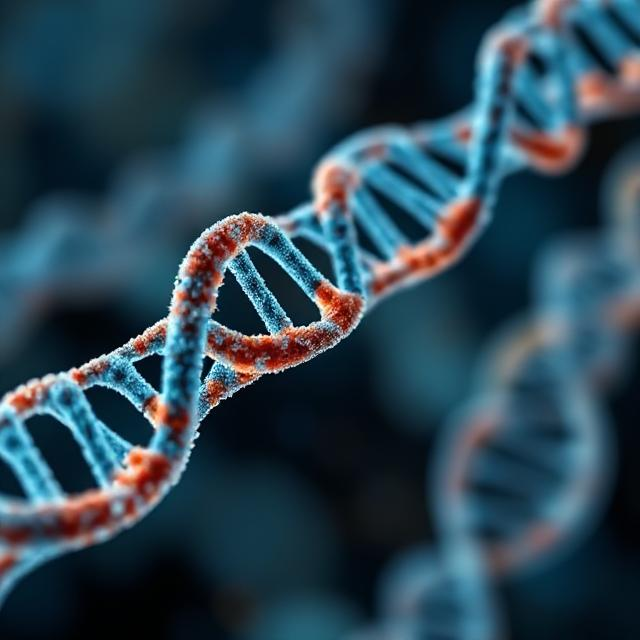Introduction
DNA (Deoxyribonucleic Acid) is the genetic blueprint of life, carrying the instructions that determine our biological traits. Beyond its role in heredity, DNA analysis has revolutionised how we uncover family connections, from paternity tests to ancestry tracing.
In this guide, we’ll explore:
What DNA is and how it works
The science behind DNA relationship testing
Common types of DNA tests (paternity, ancestry, and sibling tests)
How accurate DNA testing really is
Legal and ethical considerations
What Is DNA?
DNA is a molecule found in nearly every cell, containing genetic information passed down from parents to offspring. It consists of two strands forming a double helix, made up of four chemical bases:
Adenine (A)
Thymine (T)
Cytosine (C)
Guanine (G)
These sequences determine everything from eye colour to disease susceptibility in a person.
How Does DNA Testing Determine Relationships?
DNA testing compares genetic markers between individuals to assess biological relationships. Here’s how it works:
1. Sample Collection
Cheek swab (most common method)
Blood sample (less common, used in legal cases)
Saliva (used in home testing kits)
DNA is a molecule found in nearly every cell, containing genetic information passed down from parents to offspring. It consists of two strands forming a double helix, made up of four chemical bases:
Adenine (A)
Thymine (T)
Cytosine (C)
Guanine (G)
These sequences determine everything from eye colour to disease susceptibility in a person.
How Does DNA Testing Determine Relationships?
DNA testing compares genetic markers between individuals to assess biological relationships. Here’s how it works:
1. Sample Collection
Cheek swab (most common method)
Blood sample (less common, used in legal cases)
Saliva (used in home testing kits)
2. Laboratory Analysis
Scientists examine Short Tandem Repeats (STRs) or Single Nucleotide Polymorphisms (SNPs)—unique DNA patterns inherited from each parent.
Scientists examine Short Tandem Repeats (STRs) or Single Nucleotide Polymorphisms (SNPs)—unique DNA patterns inherited from each parent.
3. Comparison & Results
Parent-Child Testing: A child inherits 50% of DNA from each parent.
Sibling Testing: Full siblings share ~50% DNA, while half-siblings share ~25%.
Ancestry Testing: Compares DNA against global databases to trace heritage.
Parent-Child Testing: A child inherits 50% of DNA from each parent.
Sibling Testing: Full siblings share ~50% DNA, while half-siblings share ~25%.
Ancestry Testing: Compares DNA against global databases to trace heritage.
Types of DNA Relationship Tests
🔹 Paternity Testing
Confirms whether a man is the biological father.
Accuracy: 99.9%+ when done correctly.
🔹 Maternity Testing
Rarely needed (unless IVF or surrogacy is involved).
🔹 Sibling & Twin Testing
Determines if two individuals share one or both parents.
🔹 Ancestry & Ethnicity Testing
Companies like 23and Me and AncestryDNA provide breakdowns of ethnic origins.
🔹 Avuncular & Grandparent Testing
Used when a direct parent isn’t available for testing.
How Accurate Are DNA Tests?
Legal DNA tests (court-admissible) follow strict chain-of-custody protocols.
Home testing kits are highly accurate but not always legally binding.
False positives/negatives are rare but possible due to lab errors or mutations.
Legal & Ethical Considerations
Consent: Testing a minor usually requires parental permission.
Privacy: Ensure the testing company complies with GDPR (UK/EU) or HIPAA (US).
Emotional Impact: Unexpected results can affect family dynamics.
🔹 Paternity Testing
Confirms whether a man is the biological father.
Accuracy: 99.9%+ when done correctly.
🔹 Maternity Testing
Rarely needed (unless IVF or surrogacy is involved).
🔹 Sibling & Twin Testing
Determines if two individuals share one or both parents.
🔹 Ancestry & Ethnicity Testing
Companies like 23and Me and AncestryDNA provide breakdowns of ethnic origins.
🔹 Avuncular & Grandparent Testing
Used when a direct parent isn’t available for testing.
How Accurate Are DNA Tests?
Legal DNA tests (court-admissible) follow strict chain-of-custody protocols.
Home testing kits are highly accurate but not always legally binding.
False positives/negatives are rare but possible due to lab errors or mutations.
Legal & Ethical Considerations
Consent: Testing a minor usually requires parental permission.
Privacy: Ensure the testing company complies with GDPR (UK/EU) or HIPAA (US).
Emotional Impact: Unexpected results can affect family dynamics.
Conclusion:-
DNA testing has transformed how we understand biological relationships, offering scientific clarity in paternity, ancestry, and familial connections. Whether for legal, medical, or personal reasons, choosing a reputable lab ensures reliable results.
Interested in DNA testing? Compare trusted providers and make an informed choice today!
DNA testing has transformed how we understand biological relationships, offering scientific clarity in paternity, ancestry, and familial connections. Whether for legal, medical, or personal reasons, choosing a reputable lab ensures reliable results.
Interested in DNA testing? Compare trusted providers and make an informed choice today!




No comments:
Post a Comment